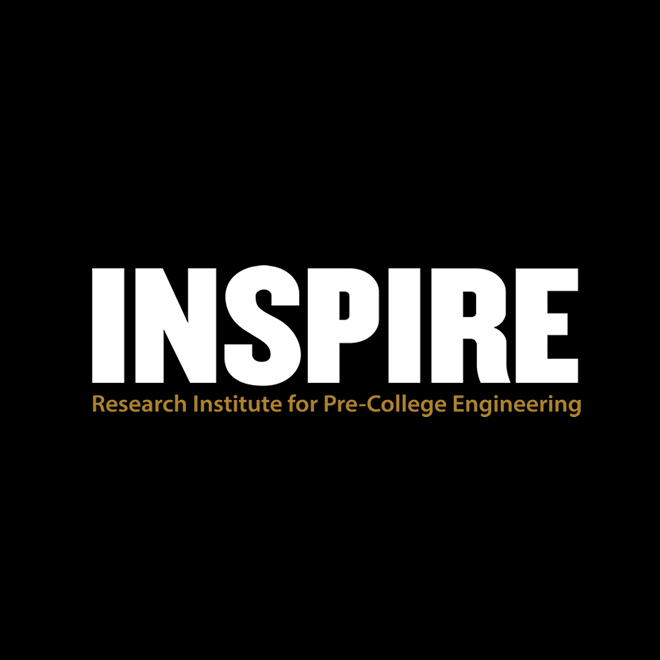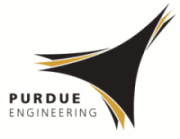Abstract
With the inclusion of engineering disciplinary core ideas (DCIs), the Next Generation Science Standards (NGSS) position engineering as a new priority in K–12 science classrooms. This paper reports findings from the implementation of SLIDER, a problem-based learning 8th grade physical science curriculum that integrates engineering and physical science core ideas. As a culminating engineering design challenge, the SLIDER curriculum asks students to apply their understanding of energy, motion, and forces to design an automatic braking system for a robotic truck. The paper describes the curriculum and synthesizes findings from an array of data sources including student design interviews, written design recommendations, engineering notebooks, pre- and post-assessments, and teacher interviews to address two research questions: (1) To what extent and in what ways do students participating in the SLIDER curriculum engage in NGSS engineering DCIs: defining problems, developing solutions, and optimizing solutions? (2) To what extent and in what ways do students draw upon their understanding of science concepts as they engage in engineering design? Findings indicate variations in the degree to which students participating in the SLIDER curriculum engaged across the three NGSS engineering DCIs, with students generally demonstrating competency with regard to identifying and delimiting the engineering problem (ETS1.A) and, to varying degrees, developing solutions (ETS1.B) but experiencing more challenges engaging in the optimization of design solutions (ETS1.C). Findings also illustrate the degree to which students were able to apply their knowledge of relevant physical science core ideas (e.g., friction, force) as they developed and communicated their solutions. Implications of the findings for instruction, curriculum development, and assessment are discussed.
Recommended Citation
Gale, J.,
Koval, J.,
Ryan, M.,
Usselman, M.,
&
Wind, S.
(2018).
Implementing NGSS Engineering Disciplinary Core Ideas in Middle School Science Classrooms: Results from the Field.
Journal of Pre-College Engineering Education Research (J-PEER), 9(1), Article 2.
https://doi.org/10.7771/2157-9288.1185
Included in
Curriculum and Instruction Commons, Engineering Education Commons, Science and Mathematics Education Commons


